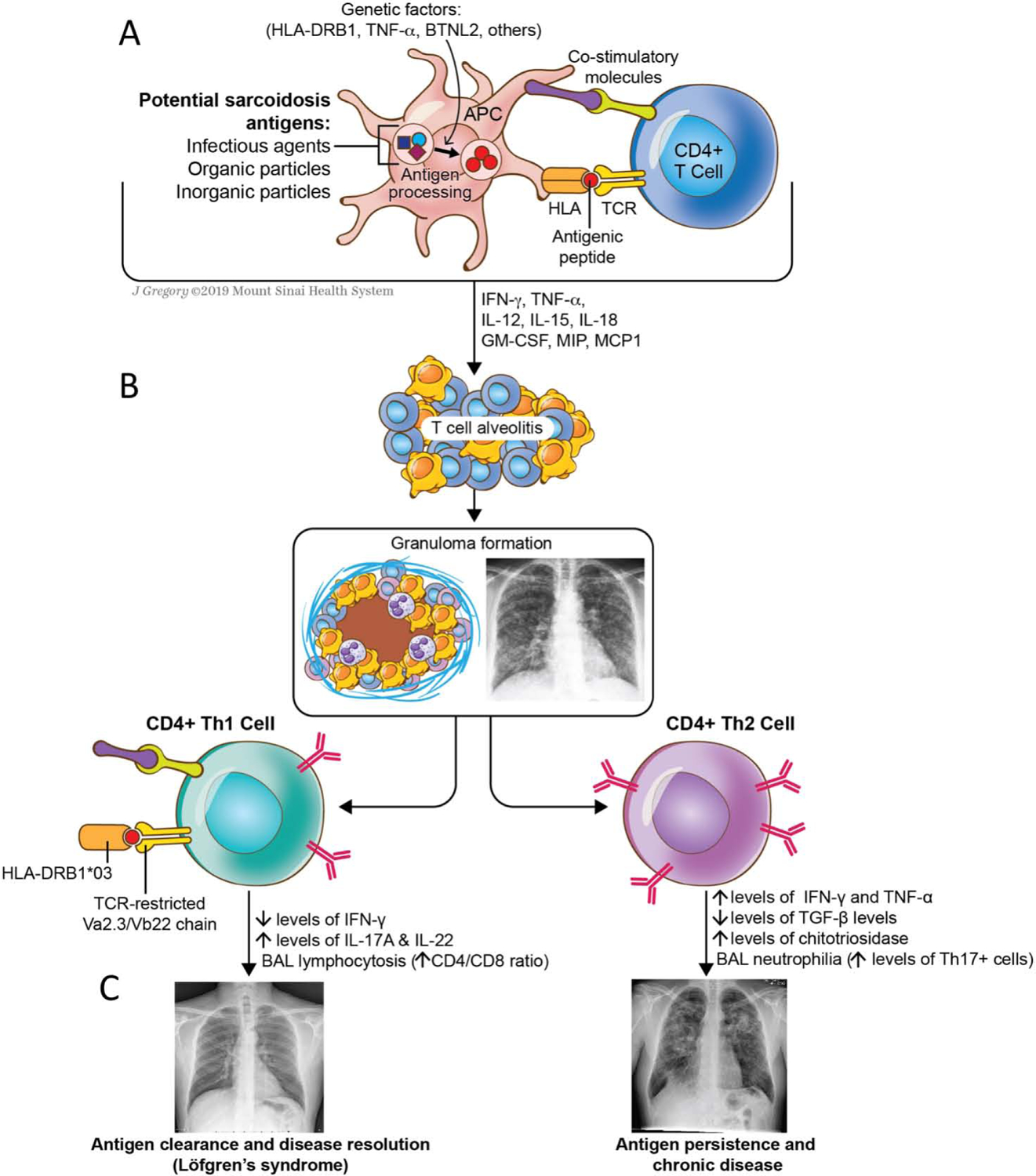Figure 2: A hypothetical model of the immunopathogenesis of sarcoidosis.

Granuloma formation requires activated T-cells and macrophages coupled with a milieu of cytokines released by the immune cells. (A) T-cells are activated by a specific antigen – either environmental, infectious, or an autoantigen - presented in the context of an HLA molecule and recognized by the T-cell receptor (TCR). (B) Once activated, APCs stimulate the helper Th1-promoting cytokines such as IL-2, IL-12, IL-18, TNF-α, and IFN-γ, which orchestrate the complex process of granuloma formation and inflammation. (C) The lungs are almost universally affected by the disease. Th1 response amplification may lead to antigen clearance, disease regression (as in Löfgren’s syndrome) and remission. Failure to remove the antigen along with the involvement of a different network of cells and/or cytokines may results in chronic inflammation and fibrosis.
